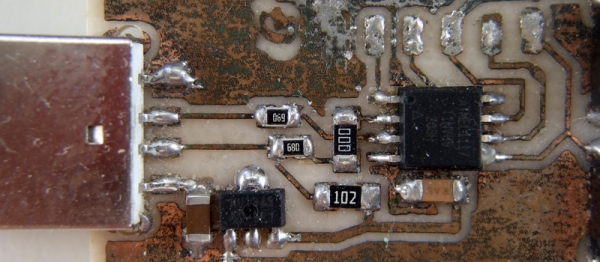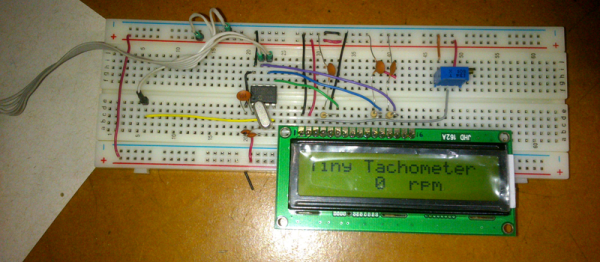[Sadiq Mohamed] posted this great list of light bulb jokes in our post about drones changing light bulbs. This favored relic used to exist on a Compuserve SIG, but fortunately a dedicated user had saved the list.
There have been virtual worlds long before our computers could render anything but potatoes with anime faces. Bulletin boards, mailing lists, and forums dominated and then fell, for the most part, to social media. In a way even the personal home page has gone to the wayside. (remember geocities?)
The internet has gone through many phases of development. We’ve experimented with lots of concepts and when they fail or go out of style, there are ghost towns of information left untouched.
However, we remember. I still think fondly of my old shell server. Some of it is even history worthy enough to be in the books. What’s your favorite piece of internet gone by or just plain internet obscura? An old joke? A book five layers deep in a file structure somewhere. Or maybe just the 1959 definition of the word, “hack,” in the Tech Model Railroad Club’s first edition dictionary.


















